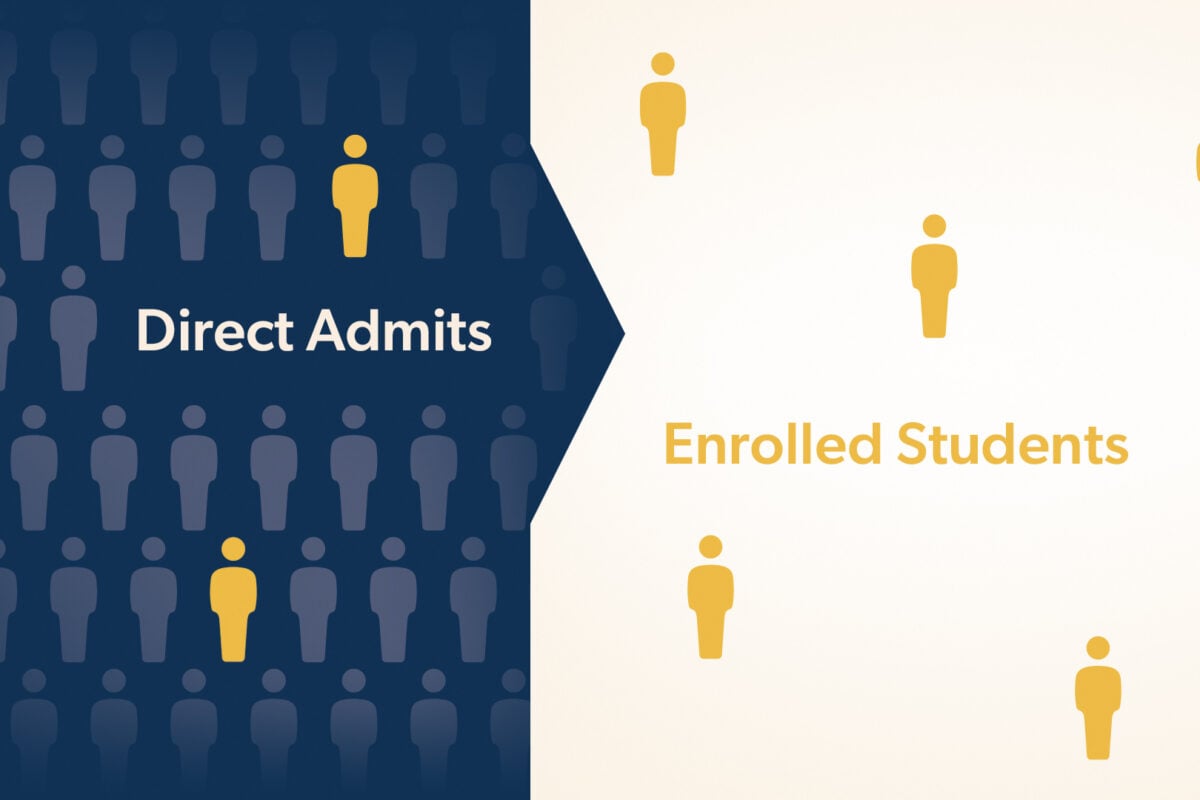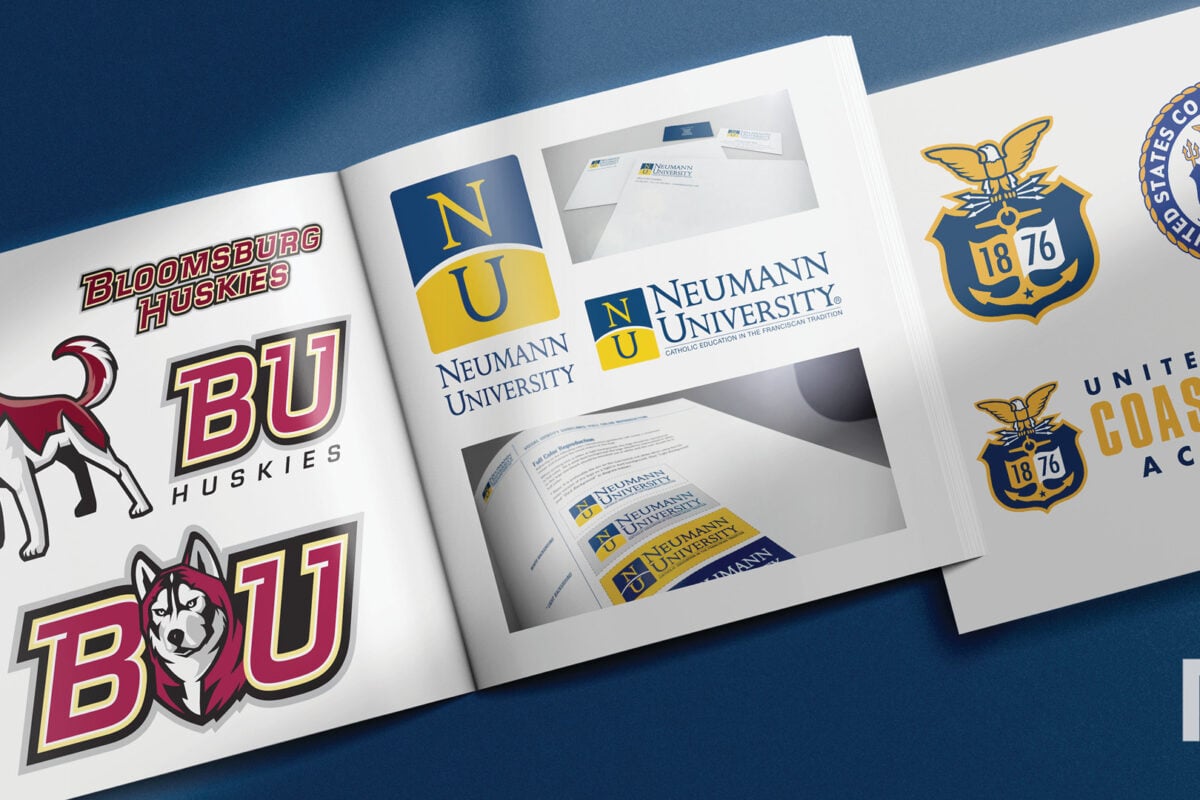About 200 higher education marketers from dozens of institutions gathered at the CUPRAP spring professional development conference in Lancaster to discuss the challenges facing institutions today and explore strategies for making an impact.
Highlights of the three-day event included keynotes from Reuters President Paul Bascobert on leading through dynamic times, and author Barry Kudrowitz on radical innovation and the power of play.
Identifying Stability Amid Change
Amid shifting policies and political landscapes, speakers advised institutions to identify and emphasize what remains stable. Establishing a list of unchanging elements helps reinforce institutional identity and provide a sense of security for students and faculty. At the same time, leaders must recognize and prepare for changes—such as new Title IX regulations and evolving diversity policies—by maintaining adaptability and regularly reviewing key issues.
Clear and Consistent Communication in Uncertain Times
One of the key takeaways from the conference was the importance of clear, disciplined, and compassionate communication. Panelists emphasized the need for institutions to establish dedicated communications teams, similar to those formed during the COVID-19 pandemic, to ensure consistent messaging. Leaders were encouraged to regularly meet with diverse stakeholders to refine and deliver messaging that aligns with institutional values.
The Role of Creativity in Higher Education
A keynote address by University of Minnesota engineer Barry Kudrowitz, sponsored by Paskill, explored the decline of creativity in education and its impact on problem-solving. According to Kudrowitz, author of Sparking Creativity: How Play and Humor Fuel Innovation, while young children excel in divergent thinking, creativity scores tend to decrease with age. He emphasized the importance of fostering creativity among both students and educators, advocating for a mindset that integrates play and innovation into learning and leadership.
Kudrowitz quoted Linus Pauling’s philosophy: “The best way to have a good idea is to have a lot of ideas.” He presented uninhibited thinking, embracing nonobvious connections, and allowing room for experimentation as key strategies for fostering innovation in higher education marketing.
Paskill’s Chief Technology Officer, Ryan Pudloski, echoed this approach, noting, “The best ideas don’t come from just working harder. They come from playing smarter.” At Paskill, play isn’t just for fun—it’s embedded in the work culture. Whether through informal activities like four square to build trust within the development team or interactive events like Paskill Pong at conferences, play is a vital tool for sparking creativity, strengthening collaboration, and approaching challenges with fresh perspectives, just as Kudrowitz advocated in his keynote.
Addressing Mental Health with Effective Messaging
Another critical discussion focused on mental health awareness and how institutions can support students in seeking help. Drexel University representatives Julia Phillips and Craig Kampes presented research showing that before the pandemic, one in three students were screened for mental health concerns, a figure that rose significantly afterward. Their “U Okay?” campaign sought to increase help-seeking behaviors by shifting communication from a formal institutional voice to a more relatable and approachable tone.
Tangible interventions, such as campus signage, sensory stickers for stress relief, and targeted digital messaging, resulted in a 20% increase in Counseling Center appointments. The success of this initiative demonstrated that small, strategic changes in messaging can make a significant difference in student engagement with mental health resources.
Transforming Website Governance
Paskill sponsored a roundtable on website governance, led by Lead UX Strategist Kelly Kautz, which brought together representatives from institutions like LaSalle University, Gettysburg College, Drexel University, Alvernia University, and Duquesne University. The discussion covered what’s working well for managing web content, how the current political climate is impacting that effort, aligning digital strategies with institutional goals, and overcoming governance challenges to create user-friendly, enrollment-focused websites.
The Power of Strategic Marketing and AI Integration
A keynote from Reuters underscored the role of marketing and innovation in institutional success. With the rise of AI, higher ed marketers were reminded that technology itself won’t replace professionals—but those who effectively integrate AI into their work will have a competitive advantage. Other key themes included simplifying institutional messaging, avoiding communication clutter, and embracing humility and empathy in leadership.
As institutions navigate an evolving landscape, the CUPRAP conference provided a timely forum for discussion, offering actionable strategies for attendees to communicate effectively, support student success, and drive innovation in higher education.



